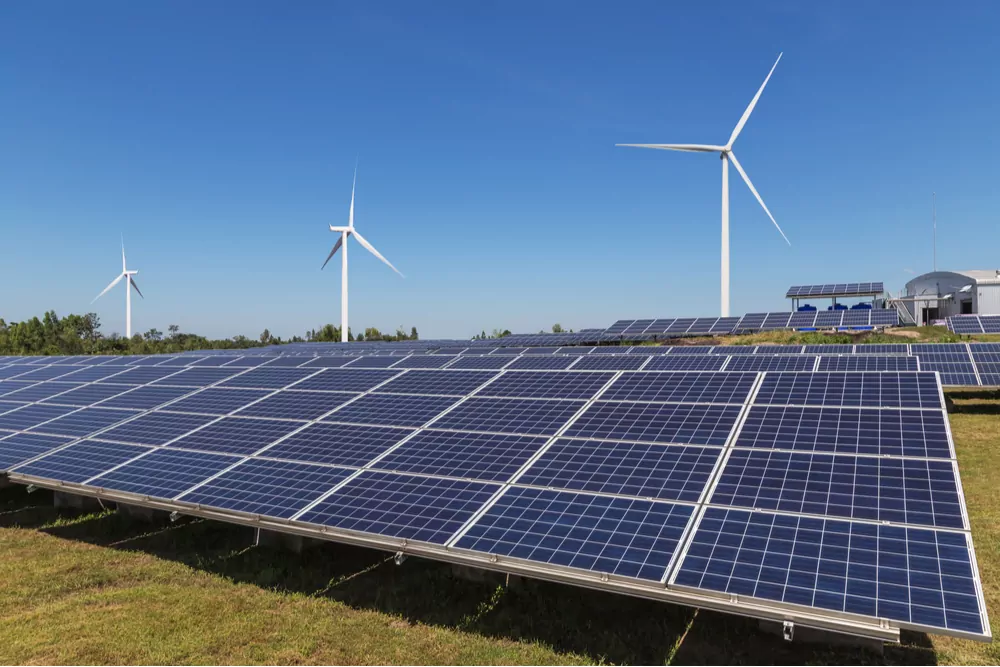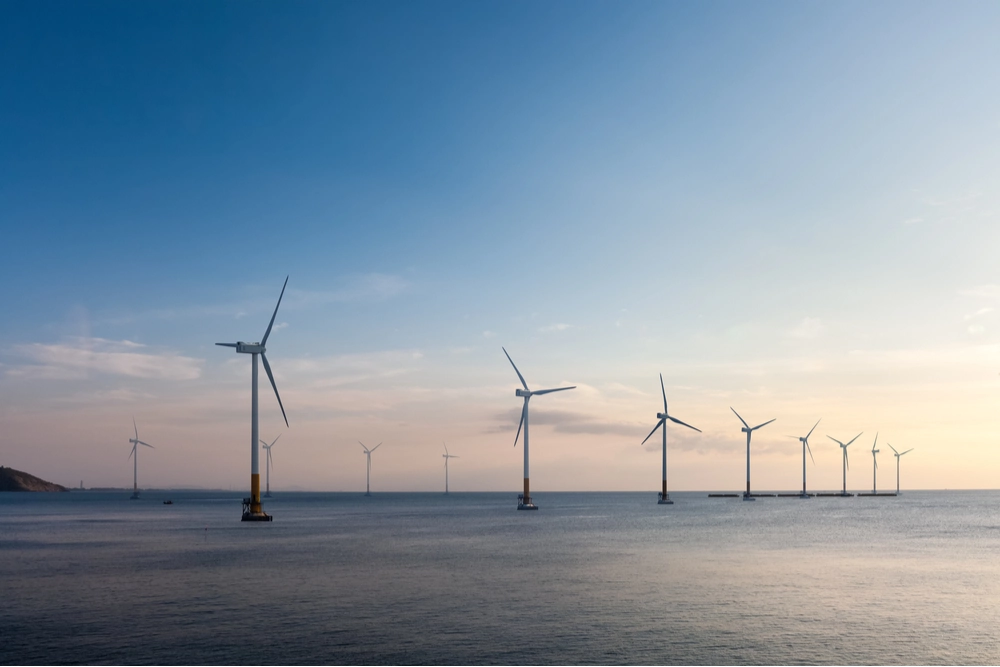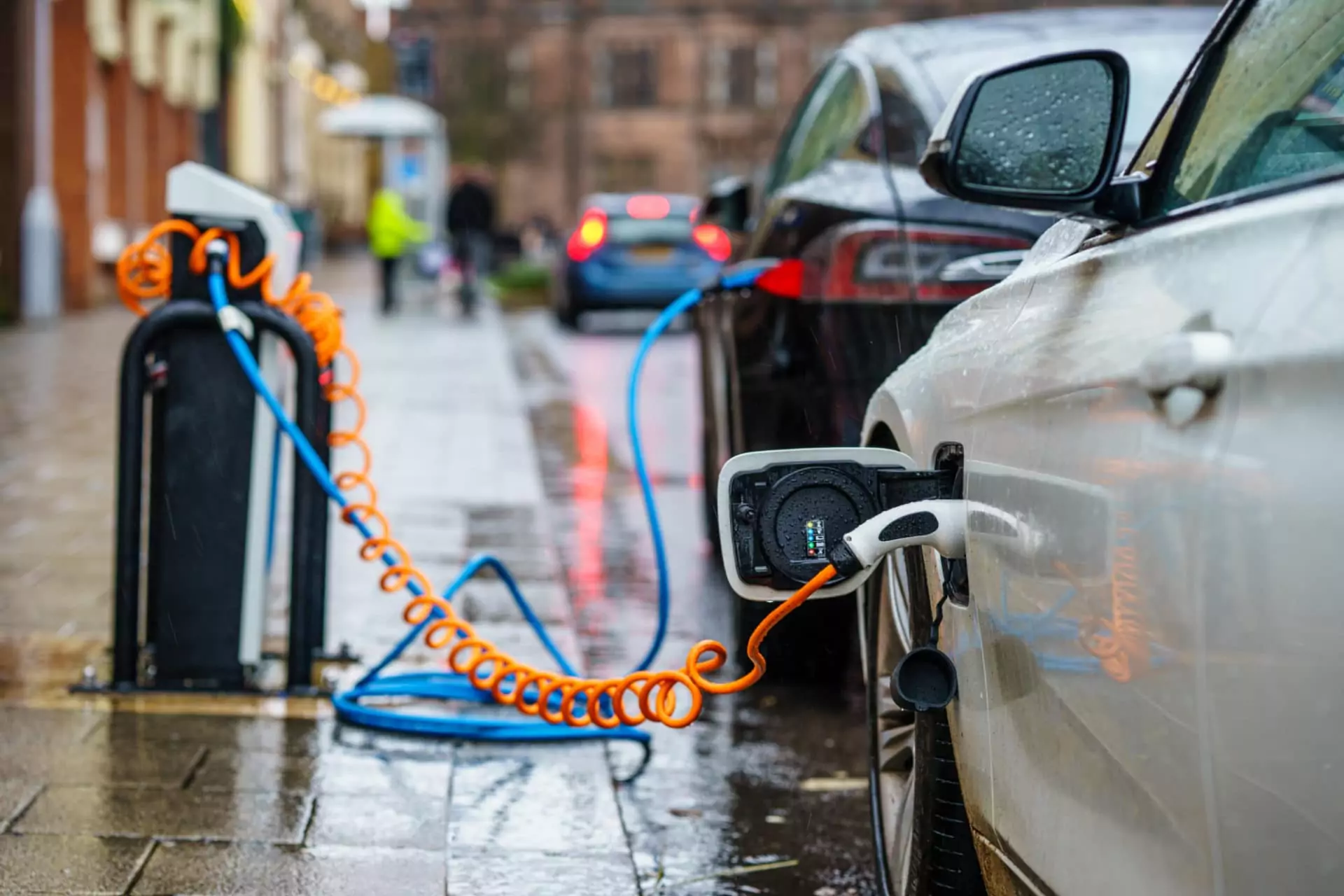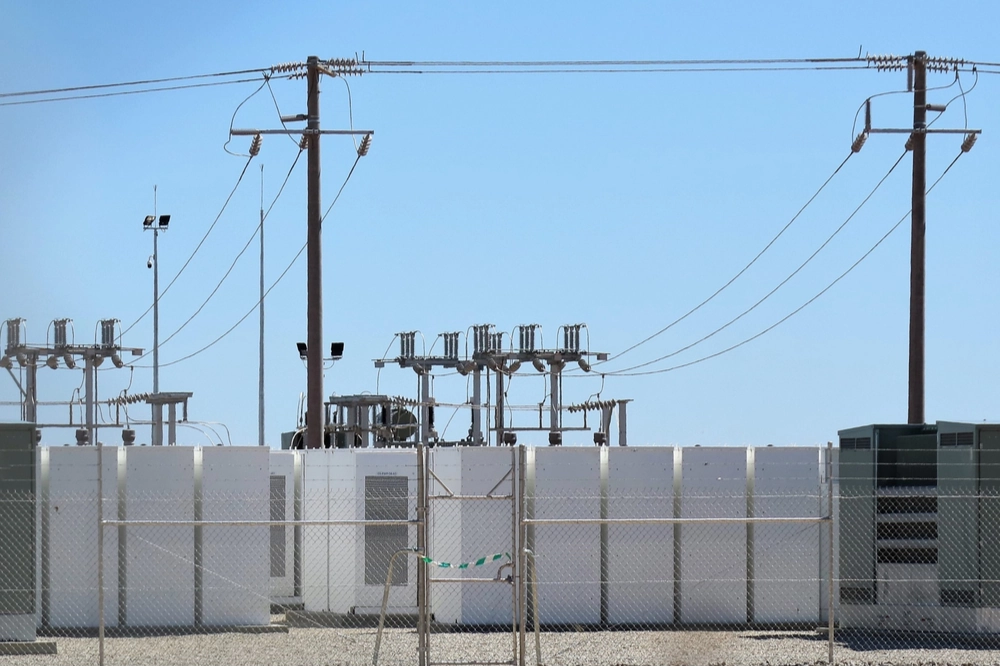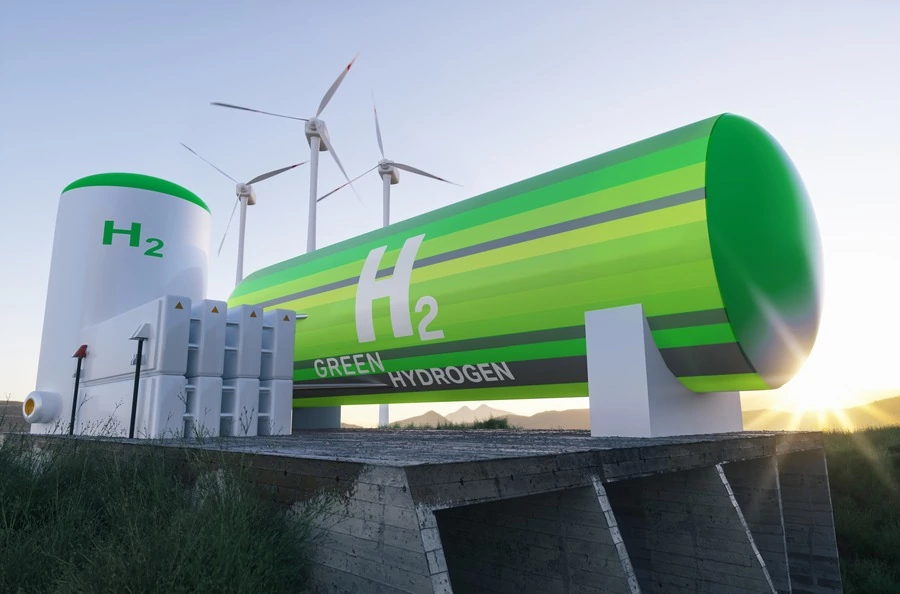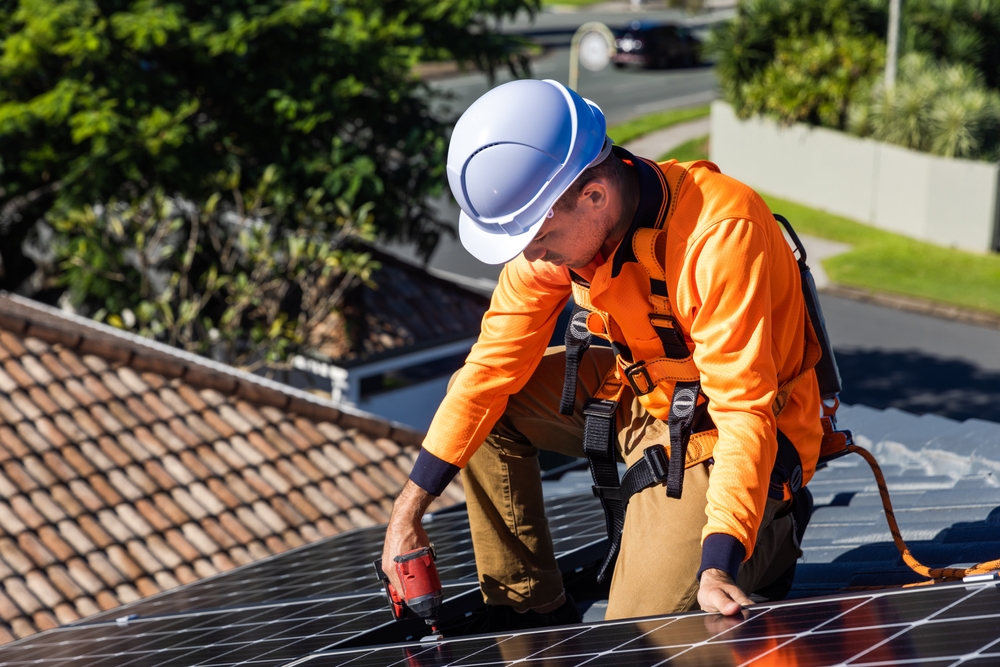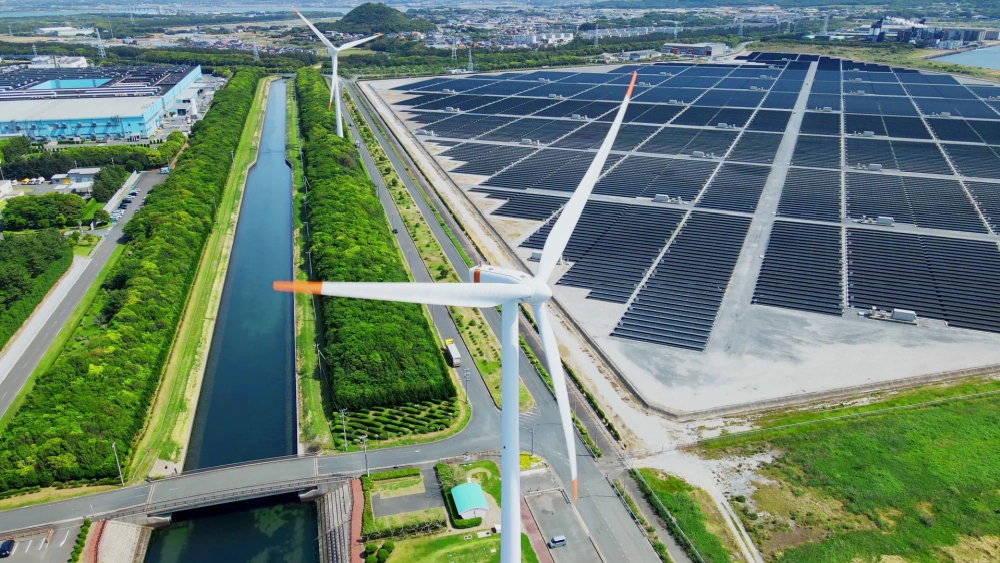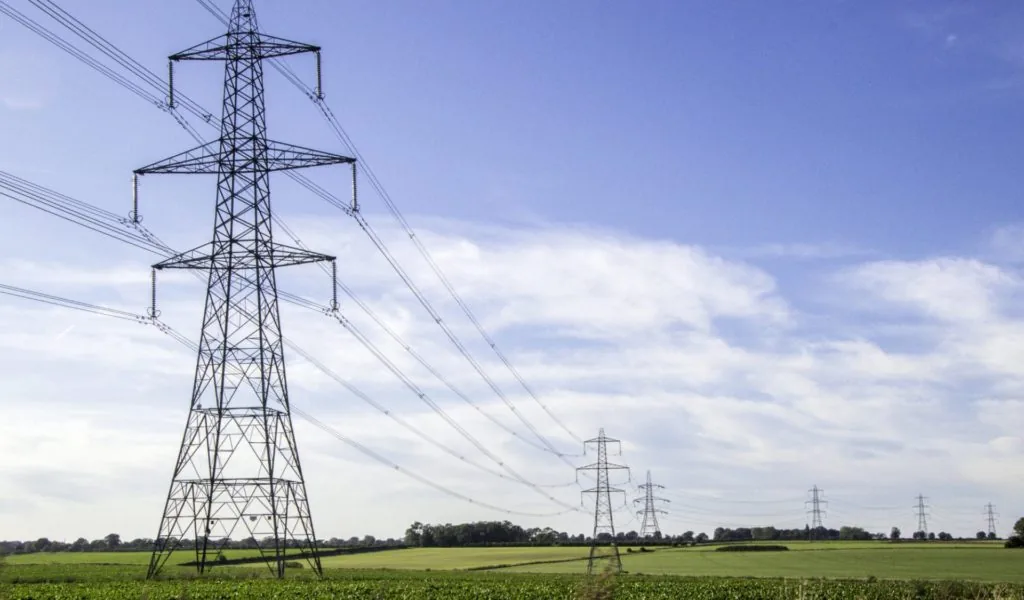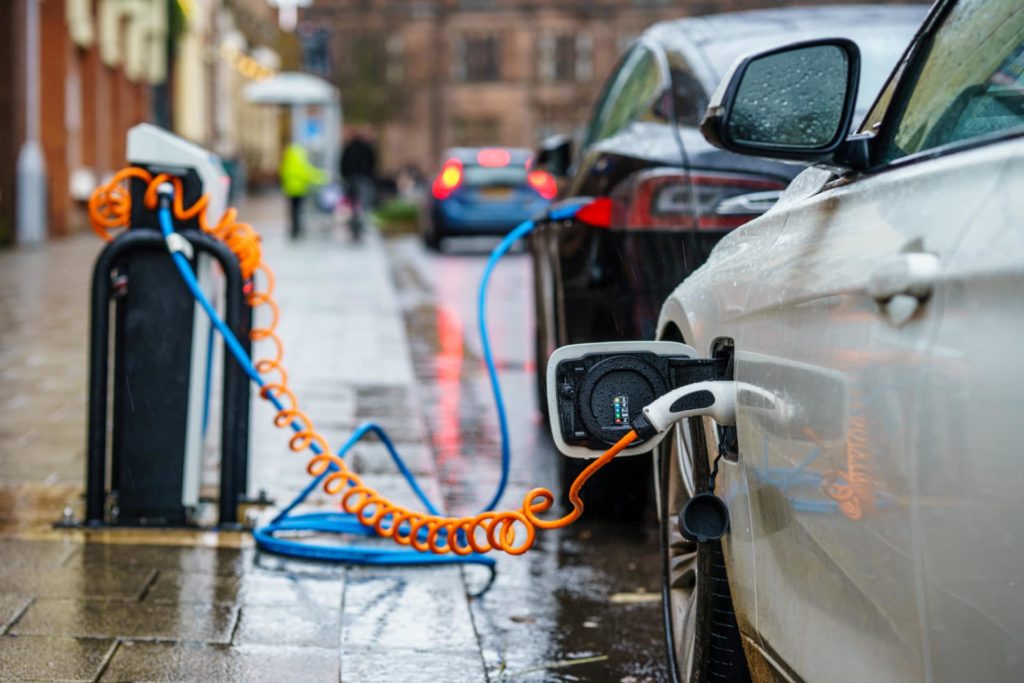Offshore Wind and floating offshore wind (“FLOW”)
The government aims to develop up to 50GW of offshore wind by 2030 and views FLOW as the “next frontier” in this development. To this end, the government has launched a £160 million Floating Offshore Wind Manufacturing Investment Scheme (FLOWMIS) to build UK port infrastructure, which industry participants agree will be key in spearheading the development of this industry. For more information on the FLOWMIS, please see here: Building UK Port Infrastructure to unlock the floating wind opportunity | Foot Anstey
As members of the Celtic Sea Cluster, we recognise the size of the opportunity that FLOW presents for the UK economy as a whole, for energy security and as a way for the UK to showcase thought leadership. We also recognise the challenges posed, in terms of the size of the infrastructure required, the length of delivery of the projects, supply-chain management and skills gaps in the sector. There are also challenges around the permitting regime, which are underpinned by, amongst other things, considerations on the potential impact of the floating offshore wind structures to the ecology; something that is not as easily assessed as compared to traditional offshore wind turbines.


